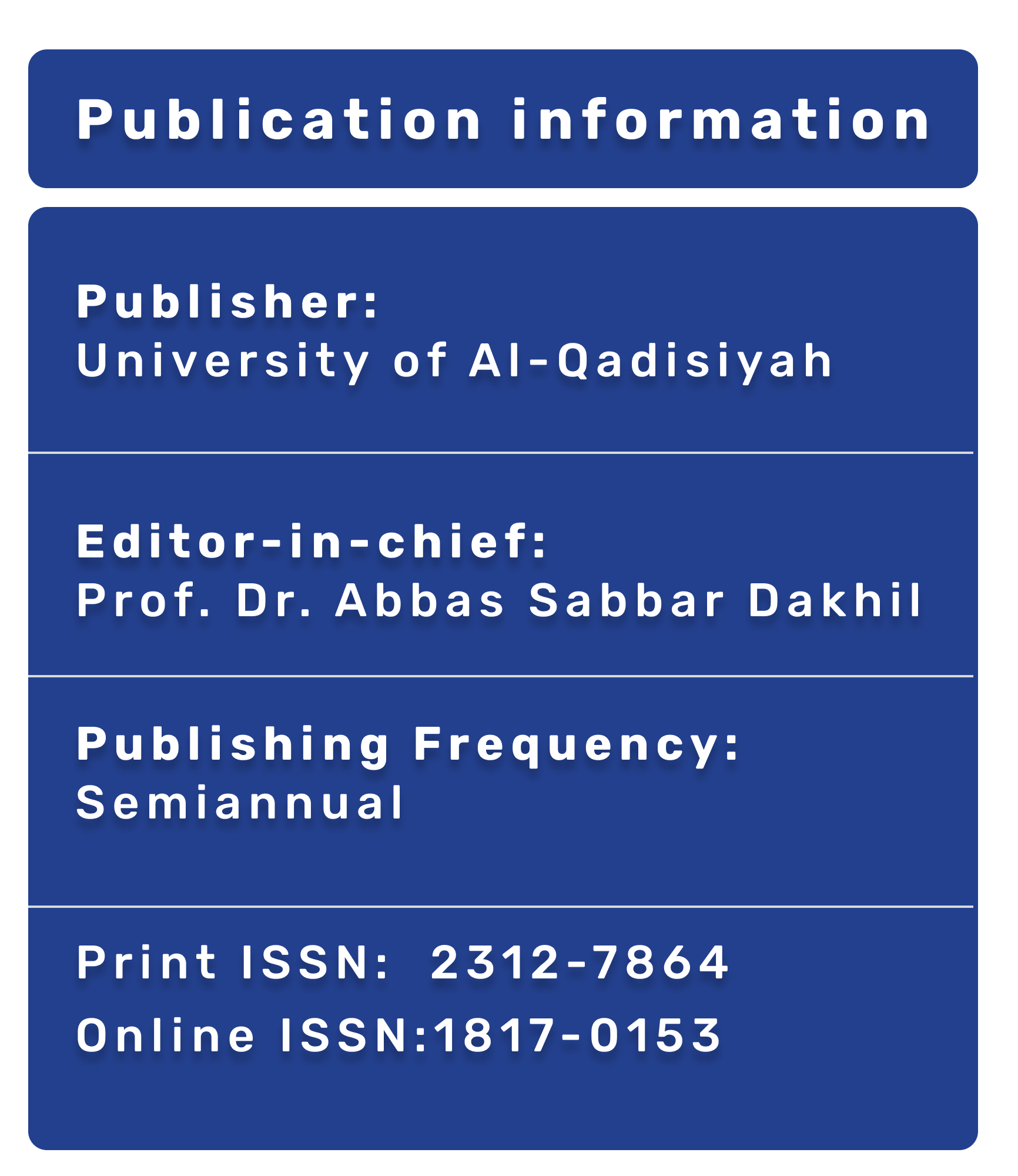Antifungal resistance of Candida species isolated from Iraqi women infected with vulvovaginal Candidiasis
DOI:
https://doi.org/10.28922/qmj.2011.7.11.117-127Keywords:
Candida species, antifungal resistance, Iraqi womenAbstract
The prevalence of vulvovaginal candidiasis caused by C. albicans and other Candida species has increased dramatically over the past few decades. Vaginal cultures and susceptibility testing of these Candida species to antifungal are not routinely obtained. Therefore the aims of this study were to1. Determine the Candida species distribution among infected women with vulvovaginal candidiasis
2. Prevalence of antifungal resistance among isolated Candida species
One handerd vaginal swabs were collected from women their age ranged from 17-40 years old with signs and symptoms of vulvovaginitis attending Medical City Hospital. All swabs were submitted to mycological study (microscopical examination, culture, full identification by performing germ tube test and Api®- candida). Finally, susceptibility testing was curried out by using modified disc diffusion method with six antifungal agents Amphotericin B, Nystatin, Fluconazole, Ketoconazole, Clotrimazole and Econazole. C. albicans was the most frequent species. (61.66%) followed by C.glabrata (33.33%) and only one isolate (1.6%) of C.tropicalis,C.krusie and C.kefyr, so the frequency of overall of other Candida species was (38.13%). However, few resistant C.albicans isolates were found against Fluconazole (21.62%), Ketoconazole (8.1%) and Econazole (5.4%).While no resistant was observed in C.albicans against Clotrimazole. Most of other Candida species were resistant to azoles specially among most isolates of C. glabrata to Ketoconazole 75%. Clotrimazole 70%, Fluconazole 65% and Econazole 20%. Our results showed elevated frequency of the overall of other Candida species particularly C. glabrata which the most prevalent species followed by C.albicans. Other Candida species specially C.glabrata were resistant to azoles in contrast to the most of C.albicans therefore culture from women with vulvovaginal candidiasis should be obtained to detect other Candida species








